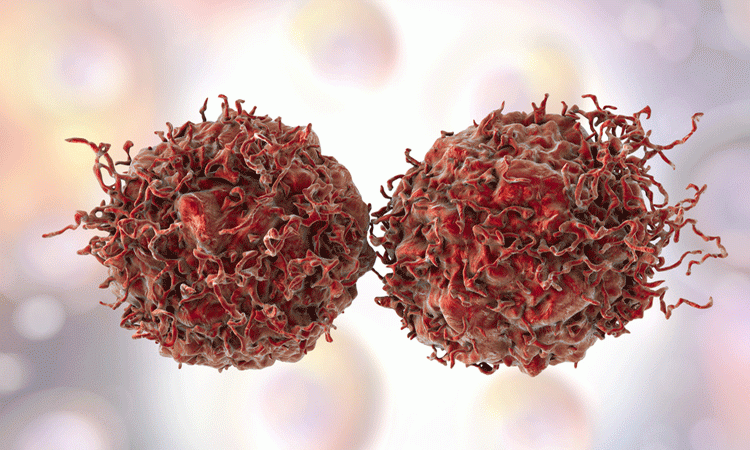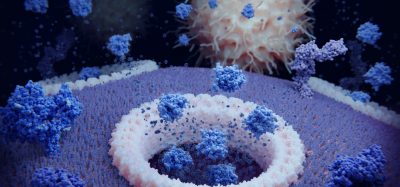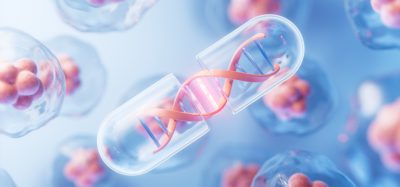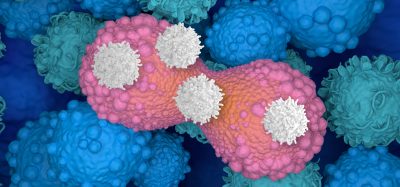Study identifies potential drug target for prostate cancer
Posted: 30 July 2019 | Victoria Rees (Drug Target Review) | No comments yet
Researchers have discovered a non-coding RNA which could be used as a biomarker and in new therapies for prostate cancer.


A new study has identified a drug target to prevent the growth and progression of prostate cancer. Uncovering a specific novel non-coding RNA, the researchers believe that the discovery could lead to new biomarkers of prostate cancer and more effective therapies for prostate cancer.
The research was conducted by the University of Virginia School of Medicine. The team investigated tumour samples from patients with advanced prostate cancer. They observed that there were high levels of a non-coding RNA which they called ‘HULLK’, meaning it does not code for a protein.
They also found that decreasing the level of HULLK in cultured prostate cancer cells slows tumour cell growth.
“It is this data that illustrates the potential of HULLK to function as a biomarker and/or a therapeutic target,” said senior researcher Dr Dan Gioeli, of UVA’s Department of Microbiology, Immunology and Cancer Biology and the UVA Cancer Center.
The production of HULLK is regulated by male sex hormones known as androgens, which stimulate its production. Cells that overproduce HULLK – those associated with the most aggressive cases of prostate cancer – were actually “hypersensitive” to androgen, the researchers found.
Early stage prostate cancer has long been treated with androgen deprivation therapy, where the level of androgen is therapeutically reduced. However, this type of therapy has many side effects that some men do not want to experience.
The researchers suggest HULLK as a potential target for developing new and better treatments that may avoid these side effects. In addition, the findings could allow researchers to develop blood or urine tests to determine how aggressive a patient’s prostate cancer is prior to treatment.
“There is still a lot of research to do on how HULLK functions in order realise the potential of this discovery in the clinic,” Gioeli said. “We are excited to do that research and translate our basic science discovery into the clinic.”
The findings were published in Molecular Cancer.
Related topics
Biomarkers, Drug Targets, Oncology, Research & Development
Related conditions
Prostate cancer
Related organisations
Molecular Cancer, University of Virginia School of Medicine
Related people
Dr Dan Gioeli








